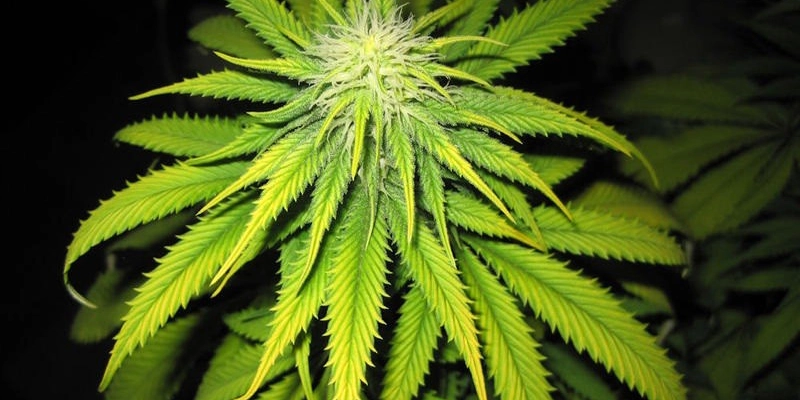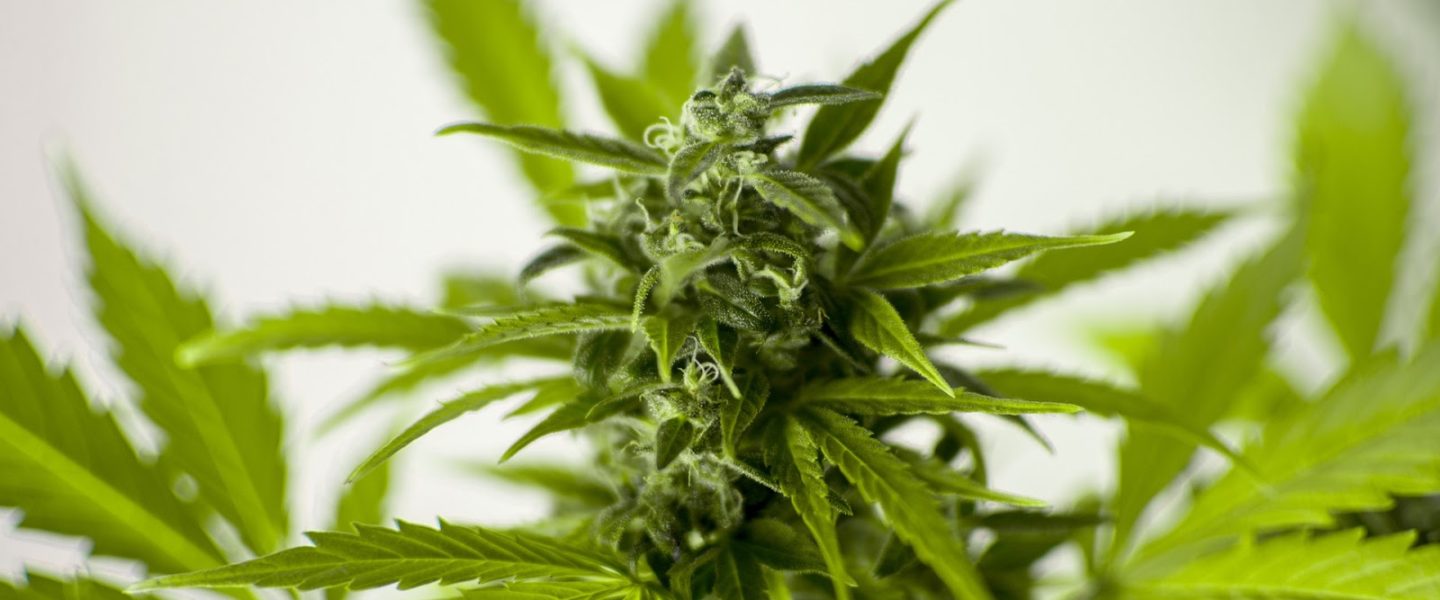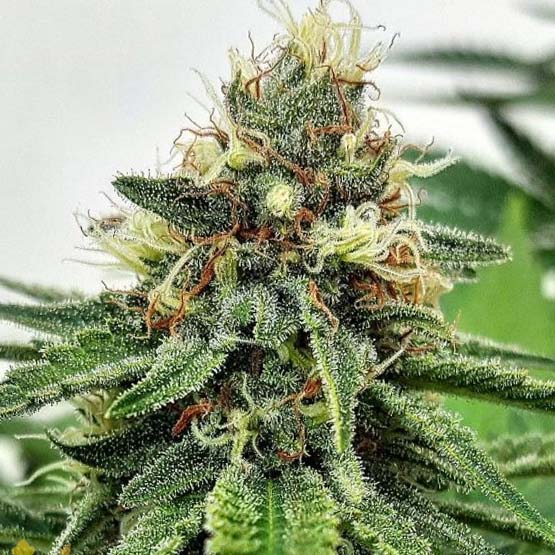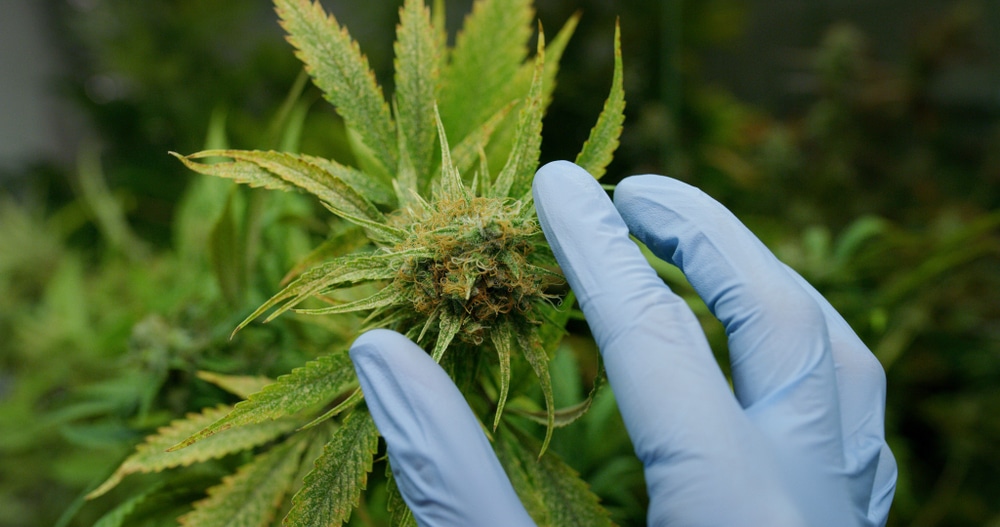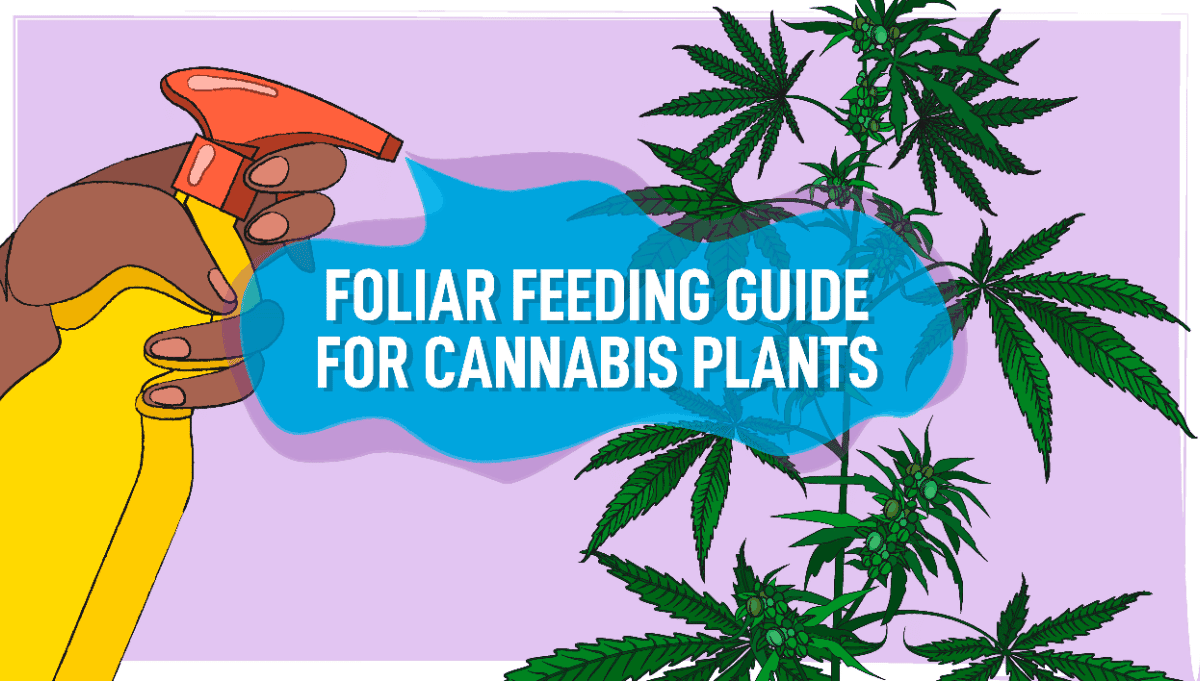No products in the cart.
Marijuana Education
How to Fix Cannabis Iron Deficiency
Any kind of issue with your cannabis plant can be a signal to raise the alarms, but luckily an iron deficiency isn’t one to stress out about. It begins with the leaves changing color and ends with your plants unable to produce chlorophyll for new growth.
Fortunately, if you look for the early signs of an iron deficiency it can be quick to remedy. This short guide is meant to show you the signs and symptoms of iron deficiency. We will teach you how to fix it and even give you tips on preventative measures.
What is iron deficiency in cannabis plants
Iron is considered a micronutrient as a small amount of it is needed within the plant. It plays a key role in the development of new growth. As an iron deficiency in cannabis plants starts to develop you’ll notice the youngest leaves start to get lighter and lose color.
As it progresses the leaves will start to droop and the plant will begin to look sick while the leaves turn bright yellow, and eventually white. As it progresses the leaves will become leeched of color and be unable to properly work anymore. This will stunt any flower production and produce malnourished cannabis buds.
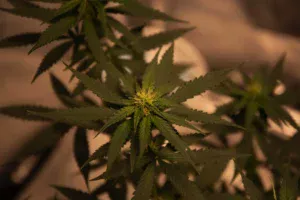
The importance of iron in cannabis
Even though iron is needed in small doses it is important for the marijuana plant to have it as some functions will not work without it, these include:
- Helps to maintain the plants metabolism
- Promotes healthy respiration
- Vital in chlorophyll production
- Increases nutrient uptake
As you can probably tell, Iron is needed for the main systems of the plant to function properly. Any deficiency will hinder production within the plant. This can lead to a low yield with immature buds, or even a plant that cannot produce anything.
Iron deficiency symptoms
Iron deficiencies in cannabis take a little bit of time to spread throughout the plant. This makes it easy to treat if caught in a timely manner. It can also be challenging to identify since there are some other nutrients that express similar symptoms.
Early symptoms
- Cannabis iron deficiency starts at the base of the fan leaves at the top since it is an immobile nutrient.
- As yellow leaves appear you’ll notice that the veins and tips will stay green.
- The new growth at the top will start to get pale and eventually turn white.
- If caught early you can reverse this effect and the leaves will turn green again.
Late symptoms
- The plant will produce new shoots that are already too pale to recognize.
- You will have the freshest growth coming out stunted.
- Fan leaves will begin to show signs of necrosis spots.
| Leaf symptoms | Plant symptoms |
|
|
Pictures of iron deficiency in marijuana plants
Here are some visuals of what to expect with an iron deficiency. Pay attention to the discoloration of the leaves and how they progressively get lighter.
How to differentiate from other deficiencies
Iron deficiency in cannabis crops can be misinterpreted since it shares symptoms with other nutrient problems. Specifically, nitrogen, magnesium, and zinc are often looked at instead of iron.
Nitrogen
Nitrogen is a macronutrient and one of the 3 main building blocks of life in your marijuana crop. It is also a mobile nutrient meaning that your plant can pull it from the older growth to support the new leaves in times of scarcity. That being said, a nitrogen deficiency will start at the bottom of the plant and not the top.
Magnesium
You’ll notice a magnesium deficiency also turning the leaves yellow but it will start at the bottom and slowly move to the upper leaves. Some leaves may turn a darker color or even change to purple.
Zinc
A zinc deficiency is trickier to identify since it starts with the new growth and also yellows between the veins. The difference is that the new growth won’t go white since there won’t be any new growth at all. The stunted growth will be pale yellow with a little bit of green in it.
Possible causes
There are a few common causes for an iron deficiency and it can happen at any point in the vegetative stage as well as into the flower stage. You’ll generally see it happen while growing indoors but it has been known to happen during outdoor grows too. Here are some of the common possible causes for cannabis iron deficiency.
Distilled or soft water
Distilled and soft water both have low electrical conductivity (EC) which means they are low in nutrient content. Usually, your plants will get enough iron uptake if you’re using plain tap water as it contains the small amount needed for basic minerals. These types of water won’t have any in them so you will need to supplement your plants nutrient needs.
Overwatering
Beginner growers always stumble with overwatering when growing marijuana. Too much of anything is never a good idea and water is no different. Although this usually occurs in soil, too much water can suffocate the roots and cause nutrient lockout.
Overwatering can also be a result of bad drainage in your soil. The nutrient salts and other minerals get trapped in the soil and can eventually lead to toxicity. Check out our guide on how often you should water cannabis to learn how to maximize nutrient absorption and have good drainage.
PH and salts issues
Keeping your Potential of Hydrogen (PH) within the proper range to ensure your plant has access to everything you put in your nutrient solution. A nutrient deficiency can start when your plant experiences lockout from an imbalanced PH. A good example is that your plant cannot absorb iron when the PH range is above 7.0.
Excess phosphorus
Too much phosphorus hinders your plants ability to absorb certain nutrients. These can include iron, magnesium, calcium, and zinc. If you’ve added iron to your nutrient solution and are still seeing an issue then check your measurements for phosphorus and try lowering them.
Stress
Growing cannabis becomes tricky if a nutrient issue shows up because of plant stress. Sometimes the right diagnosis is to let your plant chill out and see if it recovers.
Low temperature
An iron deficiency can occur if your plant is subject to low temperatures for long periods of time. This can apply to both the plant and the root system. Cold roots will stop absorbing nutrients and it is important to keep it consistently above 68 degrees Fahrenheit.
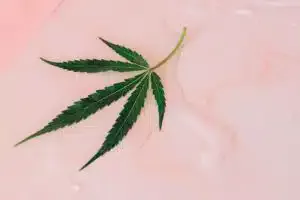
How to fix iron deficiency in cannabis plants?
An iron deficiency is one of the slowest moving conditions that can afflict your cannabis plant so you have time to act. Much like calcium and magnesium deficiencies you can simply add a supplement for the lacking iron or adjust other elements of the growth to bring everything back into balance.
Adjust pH and salts to the correct level
EC is a measure of how much nutrient salt is in your growling medium or substrate. Having too high of an EC can cause nutrient burn which leads to toxicities and deficiency problems.
Watch out for those high PH readings! For soil, keep your PH between 5.9-6.0 for optimal water and nutrient uptake. For hydro and coco you can keep the PH between 5.5-6.5. Use a PH meter to ensure accurate readings when diagnosing an iron deficiency.
For more information on choosing the best growing supplies, check out our article on PH meters.
Adding iron to your soil
Most growers will add a supplement or some iron chelate to their growing medium to bring readily available nutrients to your plant roots. With soil, you may have to wait a couple of days to see any difference but in hydroponic grows, the change should be apparent much quicker.
Iron chelate is an efficient source of minerals to fix your iron deficiency. You may want to add a calcium and magnesium solution as well since these will often affect your plants at the same time.
Care for the roots
Roots are the most important part of your cannabis and care needs to be taken so that your plant can grow to its fullest. Sometimes diagnosing nutrient deficiencies can get tricky because you can’t get at the roots to see a problem.
Caring for your roots includes using the right-sized pot. If the pot is too small, then your roots can become overgrown and make the soil compact, ultimately suffocating them.
If you’ve addressed all of the other issues and you still see an iron deficiency, then it might be time to flush your soil and reapply your nutrients.
Maintain the right temperature and avoid stresses
If you’ve ever had the temperature in your grow room get too low, you may have noticed your plant starts acting in odd ways. Stunted growth, odd leaf coloring, and generalized wilting are all common causes of a cold plant.
Using High Pressure Sodium (HPS) or Metal Halide (MH) lights give off some heat to keep your room warm. Otherwise, you can have a portable heater or heating mat underneath your cannabis to keep it warm.
We have a great article on the lowest temperature a weed plant can survive that you should check out!
Proper watering
Watering your plants is an important tool for countering deficiencies, mainly in soil. Having proper drainage means that your plants can absorb all of the nutrients and get all of the oxygen they need for producing new growth. Wait until your soil is almost dry before topping it up with water, you want your weed to have a chance to use the nutrition you’ve given it.
Watch for recovery
Sometimes it takes time for your plants to bounce back, this is especially true when growing in soil. Pay attention to the new growth – it will be the first sign as it will start to look normal again. This is because the plant is focusing its energy into new leaf growth instead of fixing the older parts.
Become a professional grower with The Seed Fair
Tackling a cannabis iron deficiency is one of the many obstacles before becoming an expert grower. The first step is to find some quality genetics and The Seed Fair can help you out with that. Check us out for a growing cannabis community and top shelf cannabis seeds for your garden.


